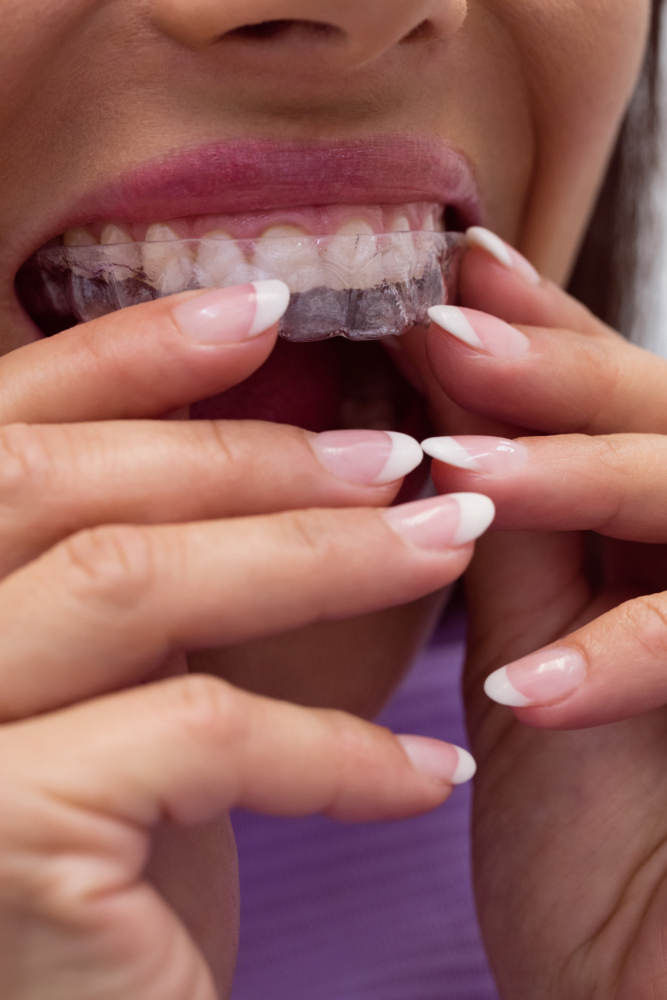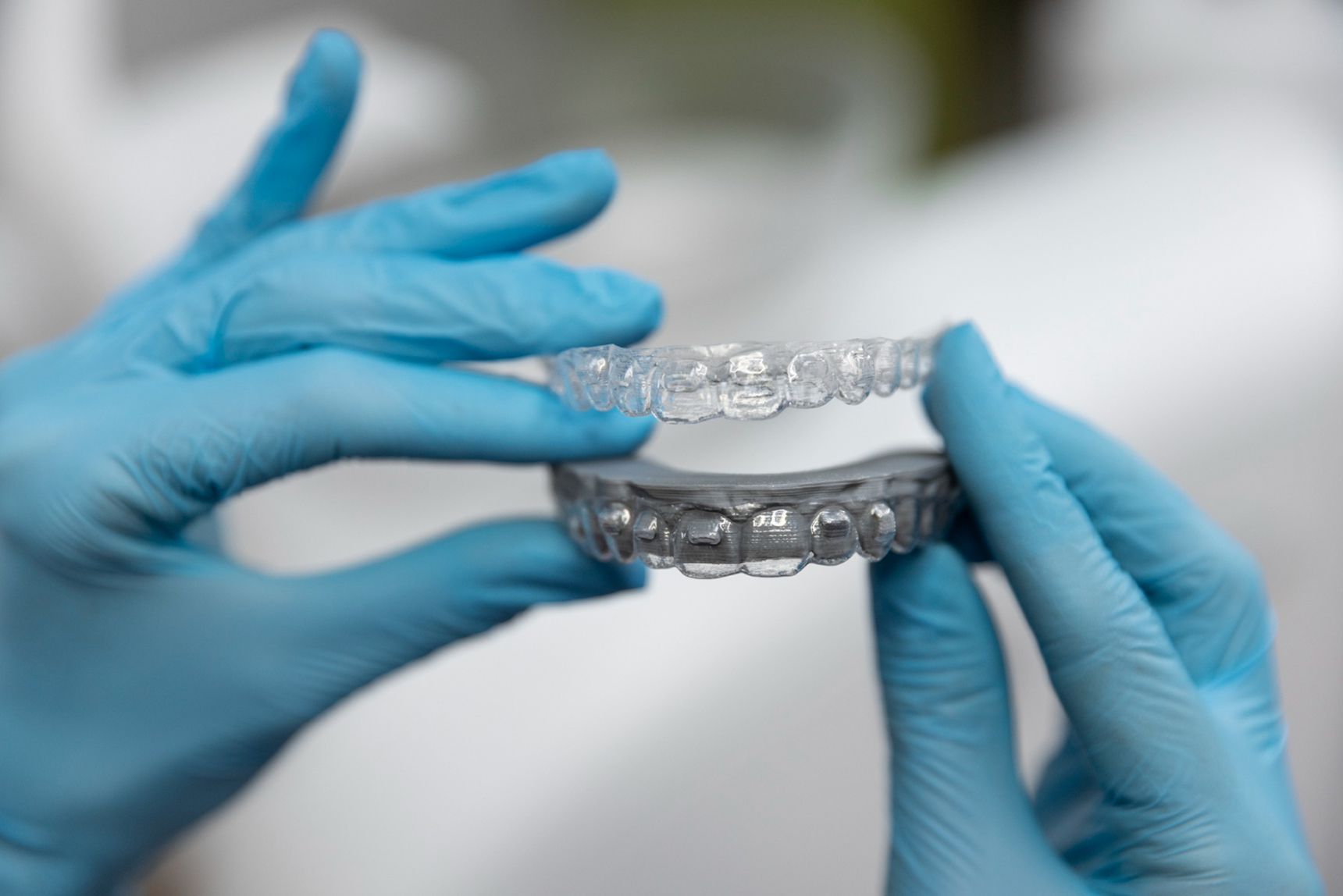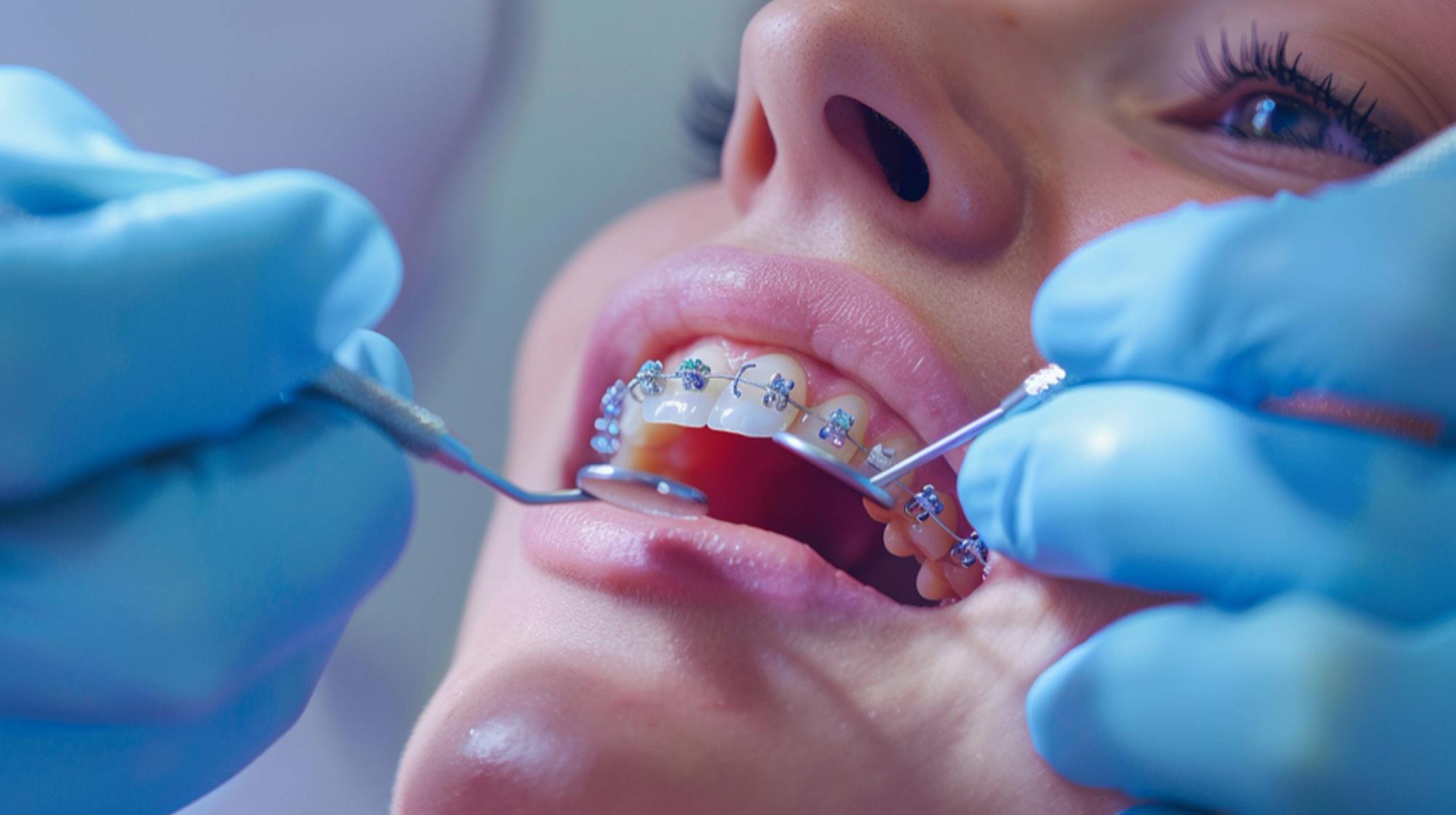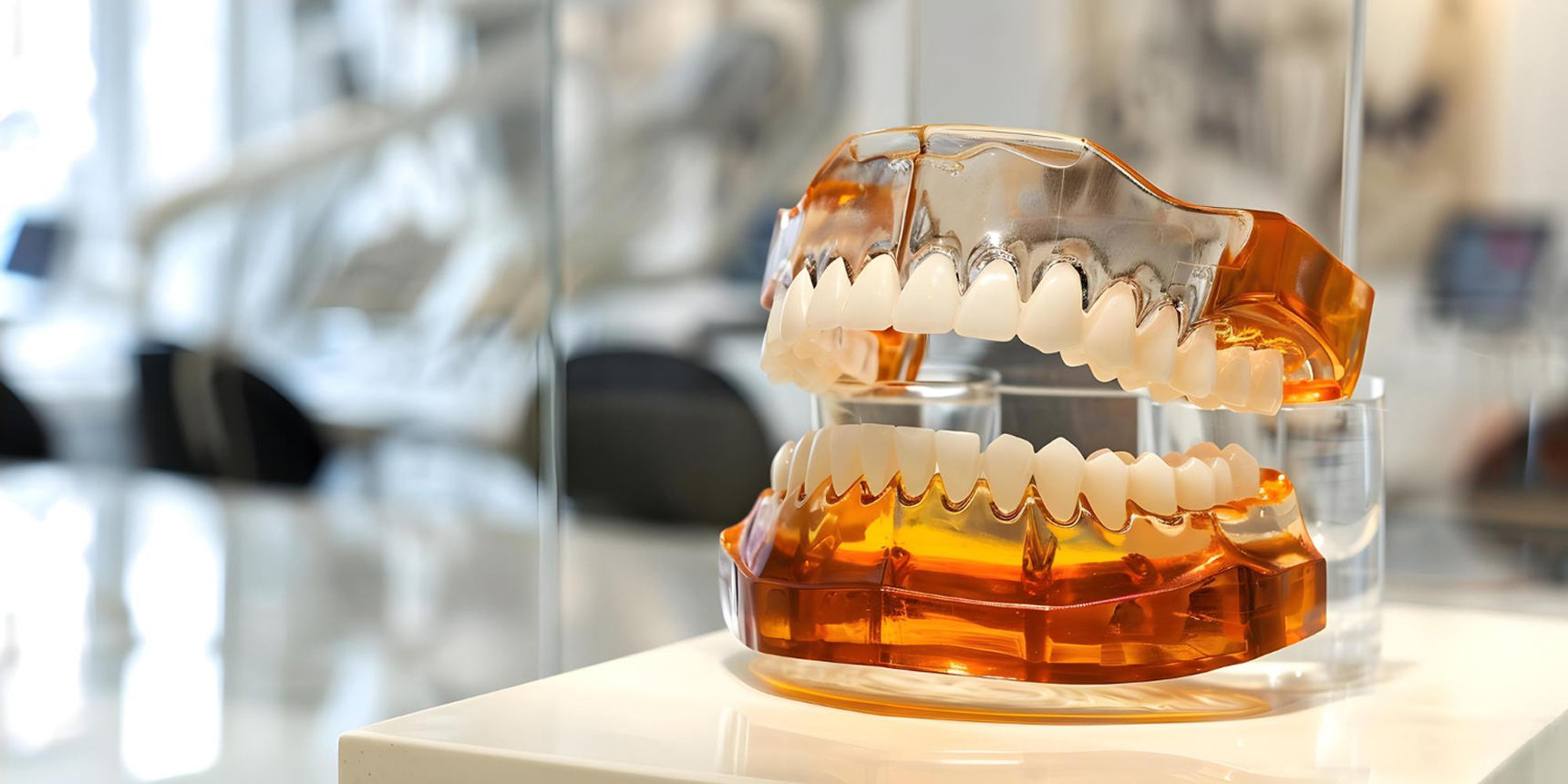
After braces or clear aligners reposition your teeth, the surrounding bone and ligaments need time to reorganize and secure that new arrangement. Without retainers, teeth tend to drift back toward their original position. Retainers act as a safeguard against this relapse. At City Clinic, retainers are precisely designed to your anatomy and may include removable plastic types or bonded wires discreetly fixed behind the teeth. Retention protocols are individualized based on your treatment needs, risk of movement, and long‑term stability.

1
2
3
Duration:
Number of Sessions:
Recovery / Downtime:
Pain Level:
Pre-Treatment:
Post-Treatment:
In the short term, your teeth remain stable in their new positions. Over time, the surrounding tissues fully adapt, securing the result of orthodontic treatment. Long-term, retainers help preserve your straightened smile and minimise relapse.
• Poor oral hygiene or gum disease
• Inability to commit to wearing and maintaining the device
• Structural issues requiring re‑orthodontic adjustment
• Removable vs bonded retainer
• Material quality and lab customization
• Need for frequent replacements or adjustments
• Complexity of retention plan




